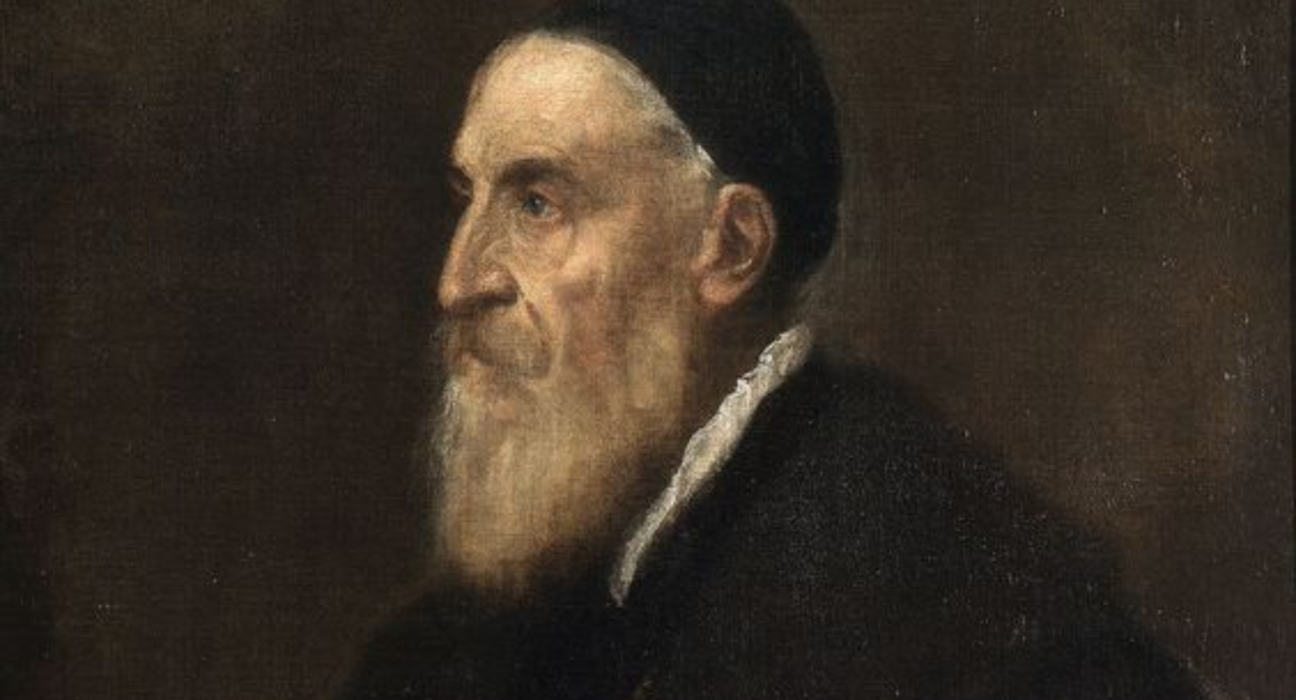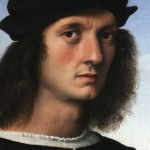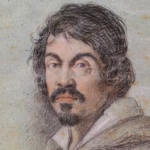Titian, born Tiziano Vecellio, stands as a towering figure in the annals of art history, his influence stretching far beyond the boundaries of the Renaissance era. This Venetian painter’s extraordinary talent, innovative techniques, and profound understanding of color transformed the landscape of Western art, leaving an indelible mark that continues to inspire and captivate audiences to this day. In this exploration of Titian’s life, work, and legacy, we delve into the multifaceted genius of a man whose brushstrokes breathed life into canvas, forever changing the way we perceive and create art.
The Life and Times of Titian: A Journey Through Renaissance Venice
The story of Titian begins in the small town of Pieve di Cadore, nestled in the Dolomite mountains of the Venetian Republic. Born around 1488-1490, Titian’s early years were shaped by the rugged beauty of his surroundings and the artistic fervor that was sweeping through Italy during the High Renaissance. This period of cultural rebirth and artistic innovation provided the perfect backdrop for the young painter’s burgeoning talent to flourish.
Early Years and Artistic Formation
Titian’s journey into the world of art began at a remarkably young age. Recognizing his prodigious talent, his family sent him to Venice to study under some of the most renowned masters of the time. This early exposure to the vibrant artistic scene of Venice would prove instrumental in shaping Titian’s unique style and approach to painting.
As a young apprentice, Titian absorbed the techniques and traditions of Venetian painting, known for its rich colors and luminous qualities. He studied under Giovanni Bellini, the leading painter of the time, and worked alongside Giorgione, whose poetic style greatly influenced Titian’s early works. These formative years laid the foundation for what would become a revolutionary approach to color and form in painting.
Rise to Prominence in Venice
Titian’s ascent in the Venetian art world was meteoric. By his early twenties, he had already established himself as a painter of note, securing commissions from wealthy patrons and religious institutions. His breakthrough came with the completion of “Assumption of the Virgin” for the Basilica di Santa Maria Gloriosa dei Frari in 1518. This monumental work, with its dynamic composition and bold use of color, announced Titian’s arrival as a master painter and set him apart from his contemporaries.
The success of the “Assumption” catapulted Titian to the forefront of Venetian painting. He soon became the official painter of the Venetian Republic, a position that brought him prestige, wealth, and a steady stream of high-profile commissions. This period saw Titian produce some of his most iconic works, including portraits of doges, altarpieces for churches, and mythological scenes for private patrons.
Maturity and International Recognition
As Titian’s reputation grew, so did the scope of his influence. His fame spread beyond Venice, attracting the attention of Europe’s most powerful figures. He received commissions from Pope Paul III, Holy Roman Emperor Charles V, and King Philip II of Spain, among others. These international connections not only expanded Titian’s artistic horizons but also allowed him to exert a profound influence on the development of art across Europe.
Titian’s later years were marked by a shift towards a more introspective and emotionally charged style. Works like “The Flaying of Marsyas” and “Pietà” showcase a depth of feeling and a mastery of technique that reflect a lifetime of artistic exploration. Even in his final years, Titian continued to innovate, pushing the boundaries of what was possible with paint on canvas.
Throughout his long and illustrious career, Titian remained deeply connected to Venice, the city that had nurtured his talent and provided him with endless inspiration. His life and work are inextricably linked to the unique cultural and artistic environment of Renaissance Venice, a place where color, light, and beauty reigned supreme.
The Art of Titian: Mastery of Color and Form
Titian’s art represents the pinnacle of Venetian Renaissance painting, characterized by its bold use of color, innovative techniques, and profound emotional depth. His works span a wide range of subjects, from religious scenes and mythological narratives to portraits and landscapes, each executed with a level of skill and creativity that set new standards for artistic excellence.
Revolutionary Use of Color
At the heart of Titian’s artistic genius was his revolutionary approach to color. Unlike his contemporaries who adhered to strict color theories and mixing techniques, Titian embraced a more intuitive and expressive use of pigments. He developed a technique of layering translucent glazes over opaque base colors, creating a depth and luminosity that seemed to make his paintings glow from within.
Titian’s palette was rich and varied, with a particular mastery of reds, golds, and blues. He used color not just as a means of representation, but as a powerful tool for conveying emotion and narrative. In works like “Bacchus and Ariadne,” the vibrant blues and reds create a sense of drama and passion that brings the mythological scene to life.
The artist’s innovative use of color had a profound impact on the development of Western art. His techniques influenced generations of painters, from the Baroque masters to the Impressionists, who sought to capture the effects of light and color in their own works.
Mastery of Form and Composition
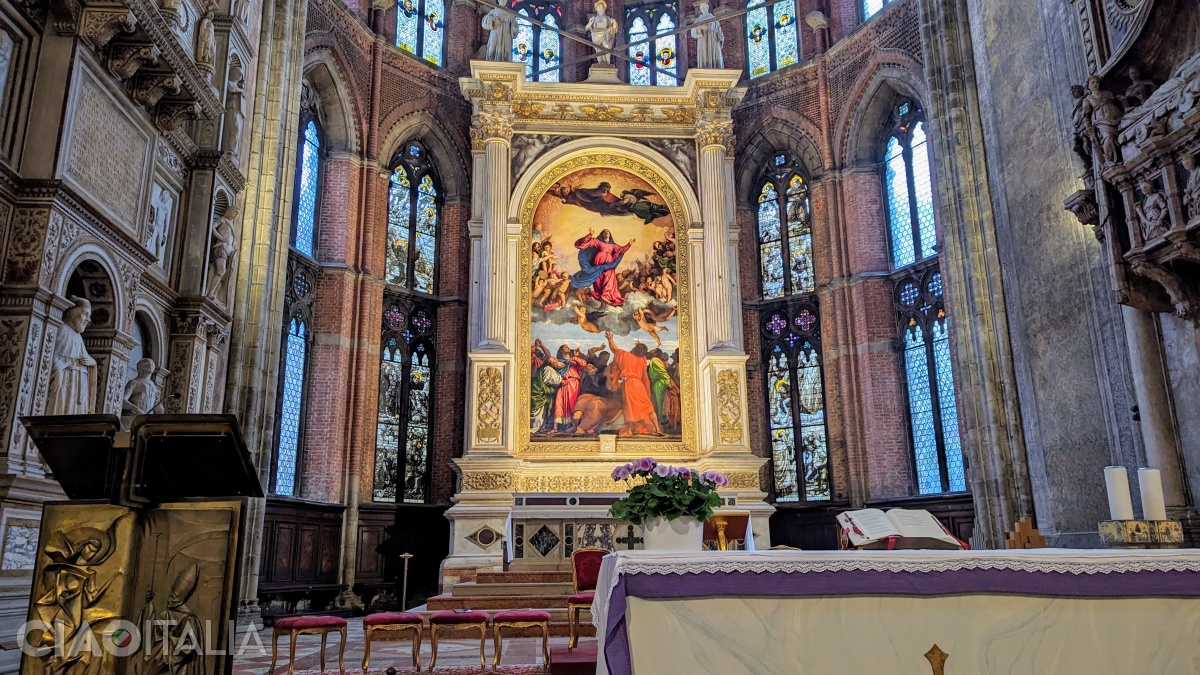
While Titian is often celebrated for his use of color, his mastery of form and composition was equally groundbreaking. He had an innate understanding of how to arrange figures and objects within a painting to create maximum visual impact and emotional resonance.
In his religious works, such as “The Assumption of the Virgin,” Titian used dynamic, swirling compositions to convey a sense of spiritual ecstasy and divine power. His mythological paintings, like “Venus of Urbino,” showcase his ability to create sensual, inviting forms that seem to breathe with life.
Titian’s portraits, too, demonstrate his skill in capturing not just the physical likeness of his subjects, but their inner essence as well. Works like “Portrait of Charles V with a Dog” reveal the artist’s keen psychological insight and ability to convey status and personality through posture, expression, and symbolic details.
Evolution of Style Over Time
One of the most fascinating aspects of Titian’s art is the evolution of his style over his long career. His early works show the influence of his teachers and contemporaries, with their precise drawing and clear outlines. As he matured, however, Titian developed a looser, more painterly style that emphasized the expressive potential of brushwork.
In his later years, Titian’s style became even more unrestrained. Works from this period, often referred to as his “late style,” are characterized by rough, almost sketchy brushwork and a more somber palette. Paintings like “The Flaying of Marsyas” showcase this approach, with their visceral textures and haunting emotional intensity.
This evolution of style not only reflects Titian’s personal artistic journey but also aligns with broader changes in Renaissance art. As he moved away from the idealized forms of the High Renaissance towards a more expressive, emotionally charged approach, his brushwork foreshadowed elements that became central to Baroque painting.
Titian’s Legacy: Influencing Centuries of Art
The impact of Titian’s work extends far beyond his own time, influencing generations of artists and shaping the course of Western art history. His innovative techniques, expressive use of color, and emotional depth continue to resonate with artists and art lovers alike, cementing his place as one of the greatest painters of all time.
Influence on Subsequent Art Movements
Titian’s influence can be seen in virtually every major art movement that followed the Renaissance. The Baroque masters, including Rubens and Rembrandt, drew heavily from Titian’s dramatic compositions and rich palette. Velázquez, the great Spanish painter, studied Titian’s works extensively during his time in Italy, incorporating elements of the Venetian master’s style into his own unique vision.
Even as art moved away from representational styles in the 19th and 20th centuries, Titian’s influence persisted. The Impressionists, with their focus on capturing the effects of light and color, can be seen as spiritual descendants of Titian’s approach to painting. Modern artists like Francis Bacon have cited Titian as a major influence, particularly his late works with their raw, expressive power.
Titian in Art Education and Criticism

Titian’s works have long been considered essential study for aspiring artists. His paintings are frequently copied in art schools around the world, allowing students to gain insights into his techniques and compositional strategies. Art historians and critics continue to analyze and debate various aspects of Titian’s oeuvre, from his innovative use of color to the symbolic meanings embedded in his mythological scenes.
The ongoing scholarly interest in Titian has led to numerous exhibitions, publications, and conservation efforts dedicated to preserving and understanding his work. These initiatives not only ensure that Titian’s art remains accessible to future generations but also contribute to our evolving understanding of Renaissance art and culture.
Titian’s Relevance in Contemporary Art and Culture
Despite the centuries that separate us from Titian’s time, his work continues to resonate with contemporary audiences. The themes he explored – love, power, spirituality, and the human condition – remain as relevant today as they were in the 16th century. Modern artists continue to engage with Titian’s legacy, creating works that reinterpret or respond to his paintings in new and provocative ways.
Beyond the art world, Titian’s influence can be seen in popular culture, from film and literature to fashion and design. His iconic images, such as the “Venus of Urbino,” have been referenced and reimagined countless times, becoming part of our shared cultural vocabulary.
As we face the challenges of the 21st century, Titian’s art offers a reminder of the enduring power of human creativity and the ability of great art to transcend time and cultural boundaries. His legacy serves as an inspiration for artists and art lovers alike, encouraging us to look deeper, feel more profoundly, and continually push the boundaries of artistic expression.
Conclusion: Titian’s Enduring Brilliance
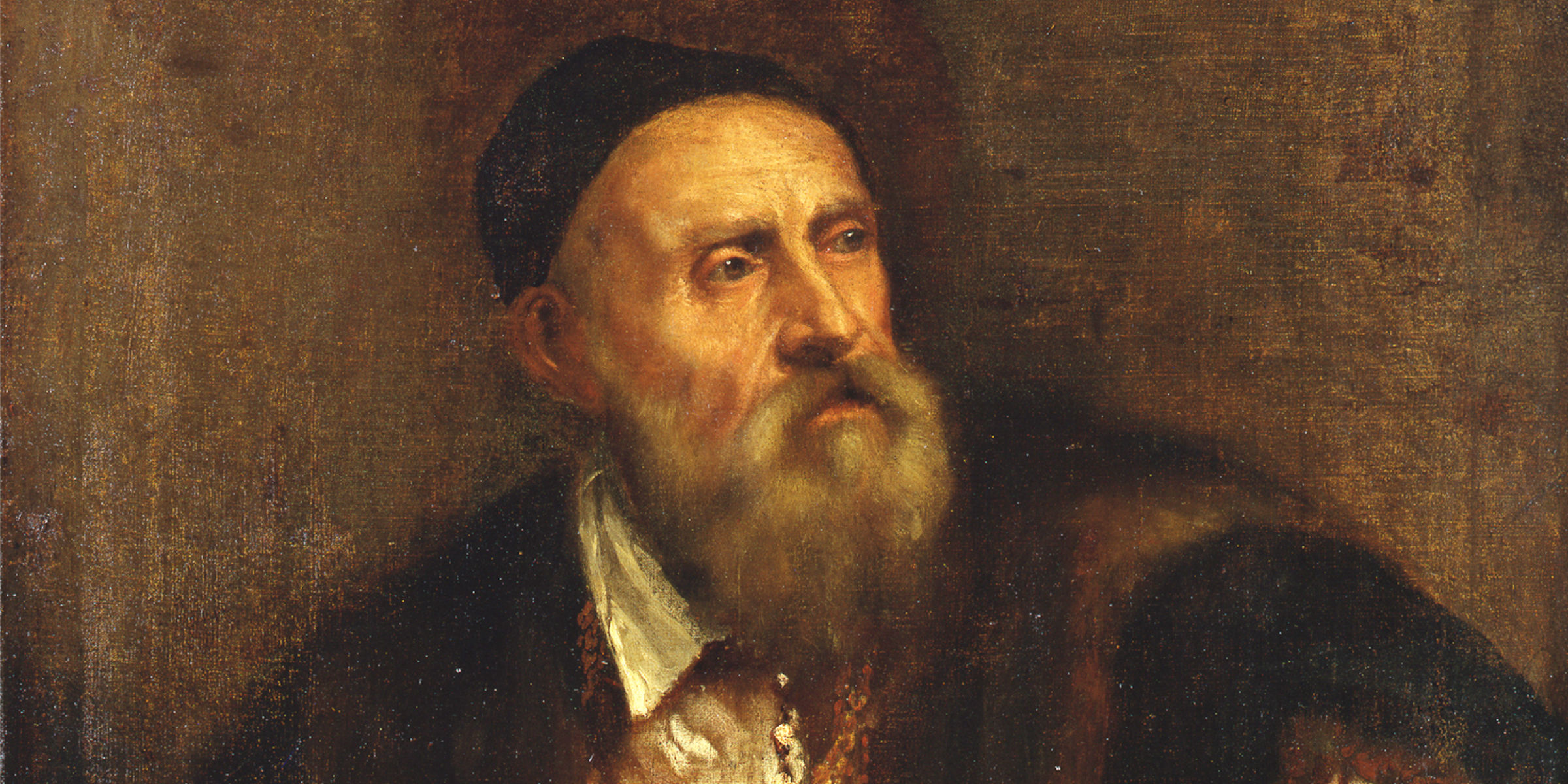
Titian’s extraordinary talentand innovative spirit secured his place as one of history’s greatest painters. From his humble beginnings in the mountains of Cadore to his rise as Venice’s most celebrated artist, Titian’s journey is a testament to the transformative power of artistic genius. His revolutionary approach to color, masterful compositions, and ability to capture human essence continue to captivate audiences and inspire artists centuries after his death. More than just a figure of the past, Titian’s work remains a touchstonefor contemporary creators, offering both challenges and insights as we explore themes of representation, emotion, and meaning in art.
Beyond his technical brilliance, Titian’s legacy endures in the way his paintings speak across time. In studying Titian, we not only gain insights into the art and culture of 16th-century Venice but also into the universal themes and emotions that define the human experience. Whether viewed in a museum or through reproductions, his works remind us of art’s power to transcend time and culture, stirring emotions, provoking thought, and expanding our understanding of what artistic expression can achieve.
✉️ Stay Connected — Subscribe for Weekly Updates
Discover timeless stories, practical wisdom, and beautiful culture — delivered straight to your inbox.
*We only share valuable insights — no spam, ever.




